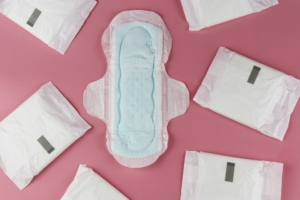
What is the Pink Tax?
Apparent throughout the global economy is a discriminatory and misogynistic pricing system on products and services, known as the Pink Tax. The average woman pays 1,300 dollars more on daily products as a result of this system. Gender specific pricing is when women must pay more for products that are similar or identical to cheaper men’s products, as a result of the stereotype that female consumers like to spend more money than men. This not only affects adult women, but younger girls pay 2-13 percent more on girls toys over boys toys, where the only difference is the color.
Not only are these items priced higher, but the system of tariffs promotes the gender biased economy. Some products marketed towards US consumers such as t-shirts and shoes have “female” versions that have higher tariffs than similar “male” versions. However, this influence from tariffs is not well known. This, alongside variability in items, makes it difficult to identify the pink tax on certain items and harder to target the gender bias.
Services, not only products, are also impacted by this pink tax. Services such as dry cleaning or auto maintenance often charge women twice or even thrice more than men, according to studies analyzing the gender bias in services. Once again, the misogynistic stereotype of women being uninformed on the majority of “masculine” tasks leads to detrimental pricing costs for women. In addition to the gender pay gap, women must pay more for products harming their finances especially as necessary items are taxed as luxury items.
It is important that we take the necessary actions to assert regulations to prohibit this gender biased pricing that harms women globally and enforces misogynistic rhetoric. Without removing this tax on being a woman, women continue to face financial harm and these prices will continue to be enforced. Legislative efforts have and will continue to be effective in decreasing the gender bias in marketing, however there are still many forms of gender bias to identify before it can be fully eradicated.
Sources
https://www.healthline.com/health/the-real-cost-of-pink-tax
https://www.bankrate.com/finance/credit-cards/pink-tax-how-women-pay-more/
